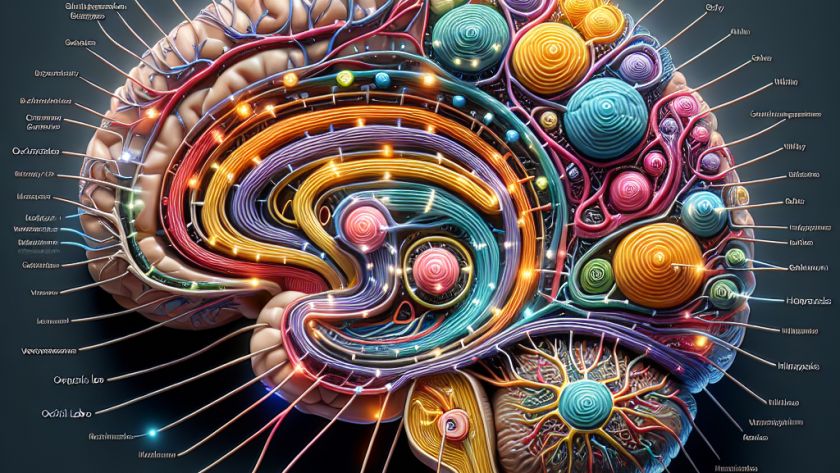Algorithms, Artificial Intelligence, Arts, Augmented and virtual reality, Computer Science and Artificial Intelligence Laboratory (CSAIL), Computer science and technology, Computer vision, Electrical Engineering & Computer Science (eecs), Mathematics, MIT Schwarzman College of Computing, MIT-IBM Watson AI Lab, National Science Foundation (NSF), Research, UncategorizedApril 26, 2024189Views0Likes MIT researchers have introduced a new technique giving animation artists more control over their 2D and 3D characters. The method uses mathematical functions, known as barycentric coordinates, which determine how shapes can move, bend, and stretch in space. This allows artists to shape the movements of an animated character according to their vision.
Traditionally, artists have…
Read More



